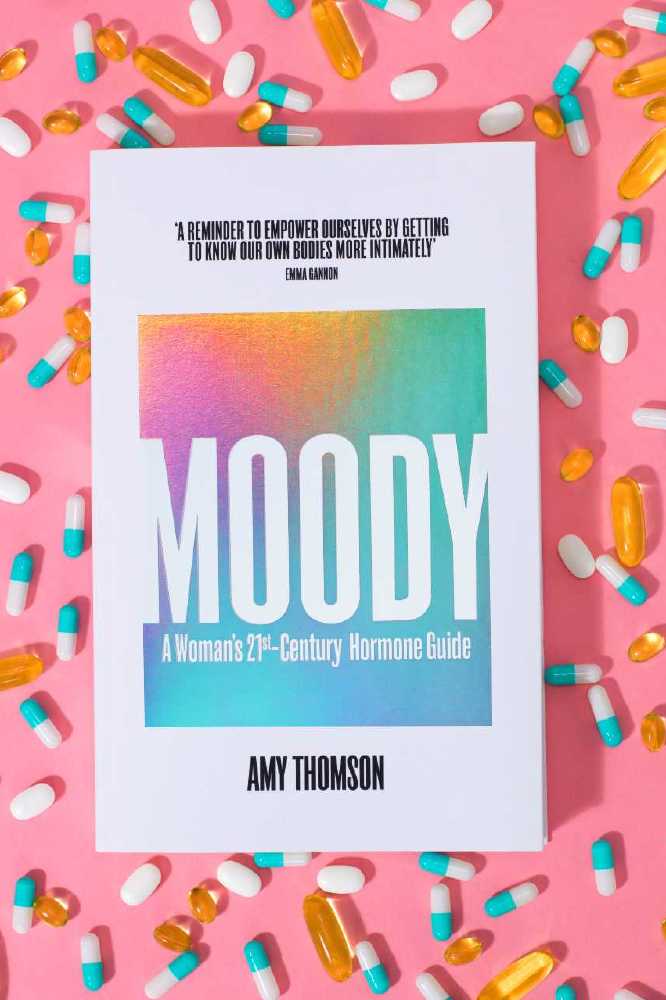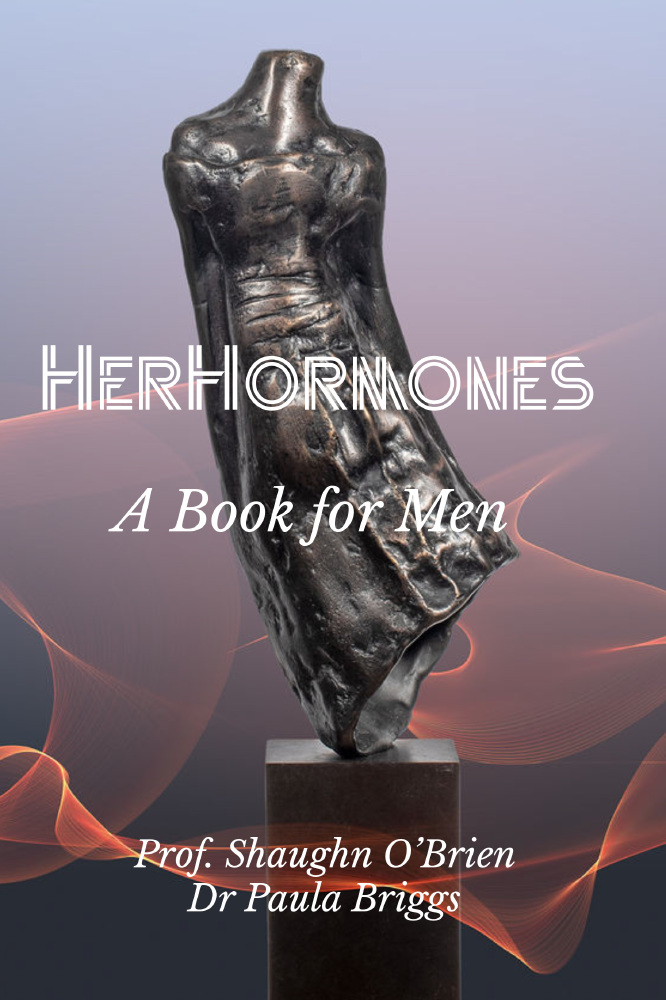There are four key happy hormones and during all four phases of your cycle you can employ self-care routines and rituals in order to optimise them. Happiness is hormonal. Self-care is not indulgence, it is how we access happy hormones.

Moody
The 4 happy hormones and neurotransmitters, or ‘DOSE’:
Dopamine: Your reward hormone, encourages focus and motivation.
Oxytocin: Your bonding hormone, the ‘’cuddle hormone’’. This can be triggered by other people and human interaction, along with self-care (giving yourself an internal hug)
Serotonin: Your mood boosting hormone, gives you a warm feeling of happiness
Endorphins: Your power up happy hormone, released by doing things you enjoy, also provides pain relief.
As a menstruating person, there are four key phases to your cycle. Some phases you may need extra self-care to support DOSE production as an antidote to lower moods or symptoms. Each cycle phase has a set of emotional and physical changes that, when you are able to read and track, can be turned into higher productivity, improved emotional intelligence and even support for metabolism and sleep.
1: Bleed - Outside the physical symptoms of your bleed, some women experience low iron from the blood loss. This can lead to increased fatigue, requiring iron supplementation at this stage of your cycle. This is a time most women can enjoy a period of resetting in preparation for the month ahead. With the rise of estrogen from day one to the end of your bleed, it can mean a rise in energy, along with your focus and memory can become sharper. Estrogen rises begin to power you up for your month. Cocoa is a good stimulus for happy hormones, dark chocolate is best.
2: Follicular/ Rise- Your estrogen begins to rise towards ovulation. This can bring elevated confidence, awareness and energy. It can even make us speak faster, as if you have had an extra coffee in the morning. The increase in estrogen can make pain thresholds higher, so when running or doing cardio exercise, you tend to be able push yourself harder and feel motivated to do more. Easier to access extra endorphins, as you can push yourself harder in exercise when you have higher pain thresholds.
3: Ovulation/ Shift- Ovulation is when your estrogen levels peak. With improved confidence levels, this is often when you have your best days in work and life. Although there is a shift in hormones as estrogen lowers post ovulation and progesterone rises, you can supplement your shift in hormones with B vitamin rich foods for extra energy and nutrition support, such as beans, lentils, dark leafy veg (broccoli, spinach & kale), citrus fruits, avocados & bananas.
4: Luteal/ Reflect - This is when your estrogen levels are lowest, which can trigger lower moods and an increase in symptoms of menstruation. Your body is processing out old hormones from your ovulation cycle through the liver and kidneys and needs extra hydration and support to reset your cycle ahead of the new month. One way to access happy hormones is to increase daily water intake to support brain function and liver detoxification, as well as physical self-care activities such as massage from a partner, friend or professional, as physical contact releases oxytocin. However, if you feel sensitive and being touched is the last thing you want, then you can give your hormones a hug instead by doing all the things you love, whether that be long walks in nature, long baths or binge watching your favourite show. Just be kind to yourself in this phase to be rewarded with an extra boost to your happy hormones.
Moody by Amy Thomson is available to purchase now.
RELATED: Eight things you might not know about your hormones and you should talk to your partner about
Not everything is due to your hormones and it is important not to blame them when your problems are due to other things. One factor in making a diagnosis of PMDD and PMS is that symptoms occur in the week or two leading up to the period. The critical key to the diagnosis, however, is that these symptoms disappear soon after the period for at least a week. If they persist after the period then it is almost certainly a different disorder. There is an App – PreMentricS, which can help elucidate this - it must be completed every day....


